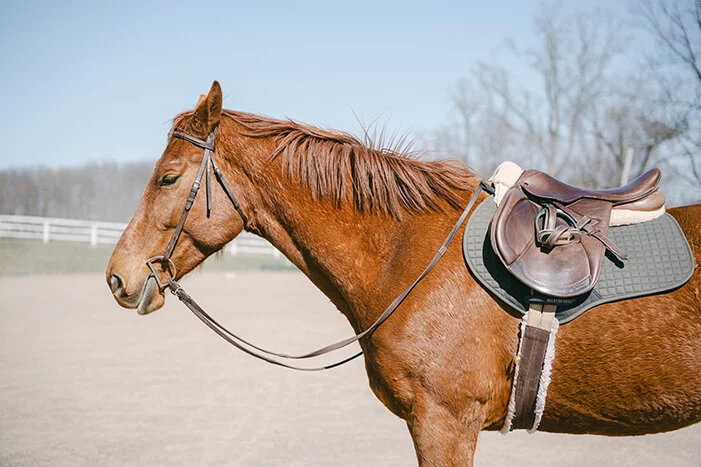Bridle Meaning
The bridle is a cornerstone of horse riding, serving as a primary communication tool between the rider and the horse. Understanding the meaning and purpose of a bridle is essential for any equestrian, whether a seasoned professional or a beginner. This article explores the meaning, components, types, and usage of the bridle, emphasizing its importance in the world of horsemanship.
What is a Bridle?
The bridle is a piece of equipment used in horse riding, consisting of straps fitted around a horse’s head. Its primary function is to allow the rider to guide and control the horse with precision. The bridle typically holds a bit in the horse’s mouth, though there are bitless varieties, and it attaches to the reins, enabling direct communication between horse and rider.
Components of a Bridle
A bridle is composed of several key parts, each serving a specific purpose:
1. Headpiece (Crownpiece)
The headpiece rests behind the horse’s ears and supports the bridl overall structure. It ensures that the bridl stays securely in place during riding.
2. Browband
The browband sits across the horse’s forehead, preventing the bridl from slipping backward. It can be plain or decorated with beads and leatherwork.
3. Throatlatch
The throatlatch wraps under the horse’s throat and helps secure , ensuring it does not slide off.
4. Cheekpieces
These straps connect the headpiece to the bit, holding it at the appropriate height in the horse’s mouth.
5. Bit
The bit is a metal or synthetic piece placed in the horse’s mouth. It provides a direct line of communication between the rider and the horse via the reins.
6. Reins
Reins are the leather or synthetic straps that the rider holds to guide the horse. They are attached to the bit or directly to the bridl in bitless models.
7. Noseband
The noseband encircles the horse’s nose and helps keep the bridl stable. It can also be used to encourage a specific head carriage or control behavior.
Types of Bridles
There are various types of bridl, each suited to different riding styles and disciplines:
1. English Bridles
English bridl are commonly used in disciplines such as dressage, show jumping, and eventing. They feature a bit and a cavesson noseband, providing control and finesse.
2. Western Bridles
Western bridls are designed for Western riding disciplines like reining and barrel racing. These bridl often lack a noseband and are used with curb bits for subtle communication.
3. Bitless Bridles
As the name suggests, bitless bridl do not use a bit. Instead, they rely on pressure points on the horse’s head for guidance, offering a more humane alternative for sensitive horses.
4. Double Bridles
Double bridls are used in advanced dressage and consist of two bits (a snaffle and a curb) and two sets of reins. They provide refined communication for skilled riders.
5. Hackamores
Hackamores are a type of bitless bridl that use pressure on the horse’s nose and chin for control. They are popular in trail riding and certain Western disciplines.
The Importance of a Properly Fitted Bridle
A properly fitted bridl is essential for the horse’s comfort and effective communication. A poorly fitted bridle can cause discomfort, resistance, or even injury. Key considerations for fitting include:
- Ensuring the bit sits comfortably in the mouth without pinching.
- Adjusting the noseband to avoid restricting breathing.
- Positioning the browband to prevent pressure on the ears.
How to Choose the Right Bridle
Selecting the right bridl depends on several factors, including the horse’s anatomy, the rider’s skill level, and the intended use. Here are some tips:
1. Consider the Discipline
Different riding disciplines require specific types of bridl. For instance, dressage riders often prefer English bridls with flash nosebands, while trail riders may opt for bitless options.
2. Evaluate the Horse’s Needs
Horses with sensitive mouths may benefit from bitless bridl, while those requiring precise control might need a double bridl.
3. Material and Quality
High-quality materials like leather ensure durability and comfort. Synthetic options are more affordable and easier to maintain but may lack the premium feel of leather.
Caring for Your Bridle
Proper maintenance extends the lifespan of a bridl and ensures its continued functionality. Follow these care tips:
- Regular Cleaning: Clean the bridl after each ride using a damp cloth to remove sweat and dirt. Use leather cleaner for deeper cleaning.
- Conditioning: Apply leather conditioner to keep the bridl supple and prevent cracking.
- Storage: Store the bridl in a cool, dry place, away from direct sunlight and moisture.
- Routine Checks: Inspect the bridl regularly for signs of wear, such as fraying straps or loose stitching.
Common Problems and Solutions
Riders may encounter various issues with bridls, including:
- Bit Resistance: Ensure the bit is properly sized and the horse’s teeth are regularly floated.
- Head Shaking: Check for improper fit or discomfort caused by the bridl.
- Slipping: Adjust the headpiece and throatlatch to secure the bridle.
The Evolution of Bridles
Bridles have a rich history, evolving alongside human equestrian practices. Early bridl were simple rope designs, but advancements in materials and craftsmanship have led to the sophisticated designs we see today.
Conclusion
The bridle is more than just a piece of tack; it is an essential tool that facilitates harmony between horse and rider. By understanding its components, types, and proper usage, riders can ensure their horse’s comfort and optimize their riding experience.

